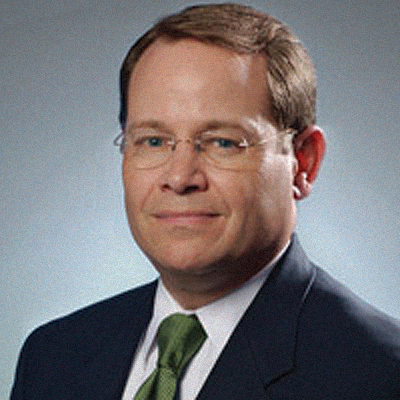Mark McGonagle is at a crossroads. Since starting his Boston-based practice, Chestnut Hill Wealth Management Group, two years ago, he’s recruited seven advisors and now has assets of around $175 million. He’s wondering if the next step is to become an office of supervisory jurisdiction for his brokerage firm, Cantella & Co., and focus more on recruiting and compliance, or if he should continue to work directly with clients.
McGonagle has been in the industry for close to three decades, including long stints at Morgan Stanley Smith Barney and as an independent at LPL Financial. Two years ago he switched to Cantella & Co. with a goal of bringing other producers on board his practice gradually. It went faster than expected. In the last few months, he recruited two advisors with a combined $80 million in assets. “We have several more in the pipeline,” he says. He gets an override from all his advisors, of course.
He spends about 30 percent of his time on recruiting, compliance and supervisory work, and expects those hours to grow. He enjoys it, but wonders if it’s worth the trade-off with clients. And if it is, how should he go about formalizing an OSJ role? Of the 100 to 150 clients he serves, some of them are either high-net-worth or longtime accounts he doesn’t want to give up. He could keep them and spread his other clients out to other advisors, or he could share all his clients but split rep codes with them. Or he could continue with the status quo. What’s a growing rep to do? Our experts weigh in:
 Daniel Finley
Daniel Finley
President, Advisor Solutions
Mark needs to decide his ultimate business vision. Does he see himself building a large office of financial advisors and spending the majority of his time recruiting and doing compliance and supervisory work? If he does, I recommend he map out a strategy for how to serve his existing clients and find the right junior advisor who can work with many of them. The choice could be one of the reps Mark now has, as long as the person is younger and shares a lot of the same personality characteristics, the better to ensure a rapport with clients. Mark would get a percentage of any business the advisor does with these accounts. At the same time, he shouldn’t share his larger clients. In the unlikely event he goes back to being a one-man show, he’ll need those.
He also should time-block his day, dedicating certain hours to different activities. Spend the first two hours on his top clients; next, recruit, and last would be compliance and supervisory work. I’ve seen people who work with 35 or more advisors using this system.
Finally, he needs to sign an agreement with his junior advisor that has an exit clause. I recommend a one-year time horizon, with a stipulation about what happens if the relationship doesn’t work out.
Brandon Odell
Director of Business Consulting, The Ensemble Practice
First, he has to understand he’s talking about two different business models. As an OSJ, his primary responsibility is the recruitment and retention of advisors; his clients, in fact, are those advisors. That’s very different from servicing the end investor. So he needs to fully understand that the two are competing for his capacity and, furthermore, are not complementary.

Therefore he needs to determine how to allocate his capacity. It requires an honest assessment of the skills and time required to conduct each business. He also can do a SWOT analysis through which he evaluates the strengths, weaknesses, opportunities and threats of each option. That way he gets a more risk-adjusted method of assessing his choices.
He also needs to realize that it’s only a matter of time before some advisors leave to go to a different broker/dealer. So first he has to demonstrate to advisors what his value proposition is. Too often the OSJ acts as no more than a troubleshooter for advisors versus really helping them grow. He has to think about how to make the opportunity unique.
As for how he approaches his clients, there’s nothing wrong with arranging different splits with his advisors. But the only chance of his achieving any equity value will have gone away. The most important thing you have in an advisory practice is your client relationships.
Matt Lynch
Managing Partner, Strategy & Resources
He needs to decide where to spend his time: building services that will attract advisors or working with his clients. The idea that he might divide his time between personal production and managing the business? As a practice becomes more complex, the two jobs are likely to suffer. My advice would be to choose one of the two and focus on doing it very well.

Another issue is the possibility of creating an ensemble or partnership. In terms of attracting advisors, he’ll find that a high percentage have an interest in that. A certain population may be attracted to his current model. But those firms that retain the top people give them the opportunity to take part in growing equity while building their network.
It depends on his long-term goal. If his strategy is to generate cash flow and keep working until he can’t any longer, what he’s doing might be okay. If he’s thinking of building something bigger, an equity-sharing or partnership model is more consistent with what we see in the fastest-growing firms in the industry. He has an opportunity to build something quite special.






